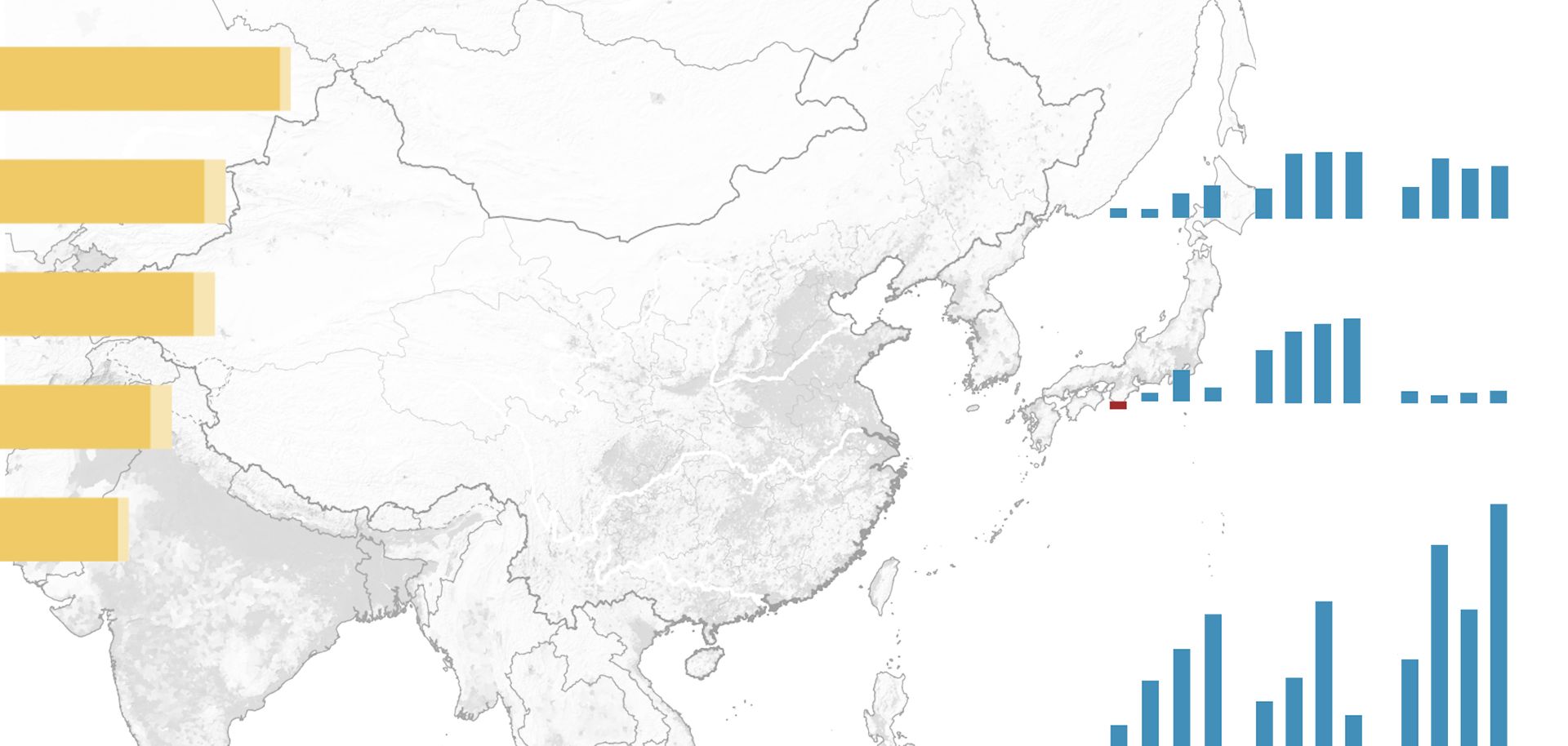
Tensions rose along the border between Brazil and Bolivia in late April when Bolivian soldiers forcibly expelled more than 100 Brazilian farming families from Bolivian territory. The soldiers allegedly pursued the families approximately 8 kilometers (5 miles) into the town of Capixaba in the Brazilian state of Acre. In response to the incident, the Brazilian government sent a platoon of soldiers to Capixaba and held closed-door diplomatic talks with the Bolivian government, after which a statement said the situation had been "resolved." This is the most recent episode in ongoing border tensions between Brazil and its Southern Cone border states. As Brazil's population migrated west into the country's hinterland, Brazilian citizens have migrated across the western border and settled in neighboring states. Conflicts periodically have erupted between locals and migrants, between migrants and host countries' governments and between host governments and the Brazilian government. The presence of foreign citizens in border regions can sometimes prompt outbursts of public dissatisfaction and instances of government intervention in standing issues like land reform and criminal activity. The role of Brazilian migration patterns in the country's border countries should not be overstated, given that the majority of Brazilian migration is to other parts of the world. However, the continuing flow of migrants to Brazil's south and west has built a growing population of people who increasingly are linguistically and culturally tied to Brazil even if they are not Brazilian citizens. With Portuguese-speaking Brazilians increasingly influencing border zones in the states buffering Brazil and Argentina, Brazil, normally very inward-looking state, must increasingly reach out to and build close relationships with the governments of Bolivia, Uruguay and Paraguay. While this is not a phenomenon unique to Brazil and its neighbors, it is one source of Brazil's growing dominance in South America, particularly regarding its Southern Cone rival, Argentina.



